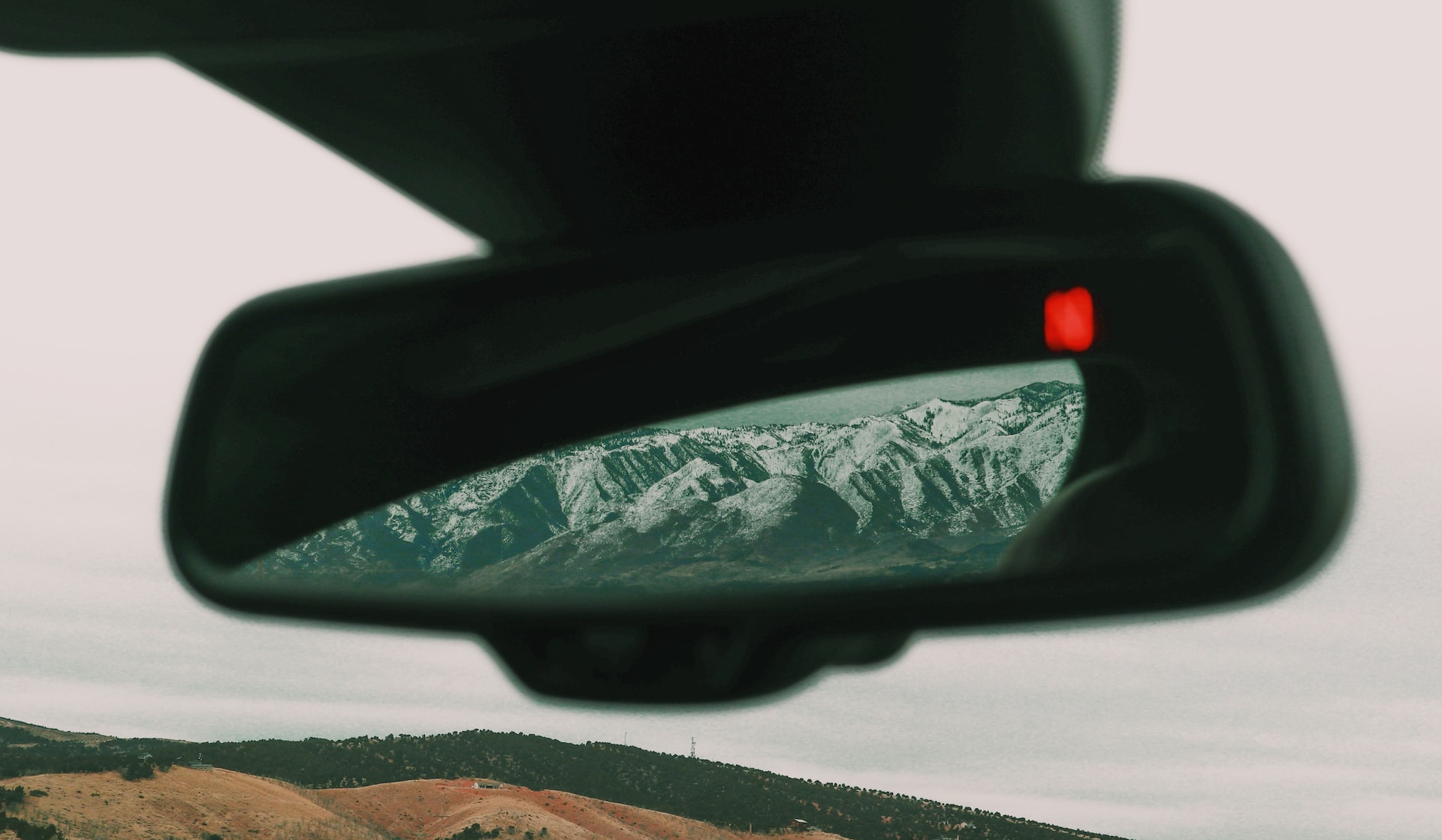
Introduction:
It is extremely easy for drivers to become excessively dependent on their rear-view mirrors. The first emergency warning device mounted in vehicles was the external rear-view mirror. Even today, these mirrors are important tools which should not be ignored. Unfortunately, it is very common for drivers to make use of this tool without question.
When driving at night, many drivers place their vehicle’s rear-view mirror in the ‘night’ position so that it will help to illuminate what is behind them. At night, light from oncoming cars alters the way in which light reflects off the rear-view mirror, thus increasing an oncoming driver’s ability to see into your car while minimizing glare for you. So, unless you are driving a particularly small car, it is unlikely that this mirror will be of much help to you.
Drivers should not make the mistake of relying too heavily on their rear-view mirror when driving at night. Blind spots still exist and can cause a driver to miss obstacles in the road ahead. The same goes for day driving. Many drivers adjust their rear-view mirror to readjust for glare, but this is often the case only on the highway when there are far fewer obstacles near the road.
It may be helpful to consult your owner’s manual or dealership about how to set your rear-view mirror at night (or day). But remember to use these tools as a guide, not as a crutch.
When your rear-view mirror is set to its night setting, it may hamper your ability to see through the rear window and could prevent you from checking your blind spots
Don’t be blinded by the rear-view mirror’s reflection. Many drivers place their vehicle’s rear-view mirror in the ‘night’ position so that it will help to illuminate what is behind them. At night, light from oncoming cars alters the way in which light reflects off the rear-view mirror, thus increasing an oncoming driver’s ability to see into your car while minimizing glare for you.
Rear-view mirrors are designed to be used during the day and at night
Drivers should not rely on the rear-view mirror as their only line of defense when driving at night. Blind spots still exist and can cause a driver to miss obstacles in the road ahead. The same goes for day driving. Many drivers adjust their rear-view mirror to readjust for glare, but this is often the case only on the highway when there are far fewer obstacles near the road.
A rear-view mirror set on its night setting can cause glare and even worse visibility than not having a rear-view mirror at all
It is extremely important for drivers to realize that rear-view mirrors are not meant to be used at night. Relying on them while driving at night can cause serious visibility problems, impairing your ability to see through the rear window and into the blind spots surrounding the vehicle.
When driving at night, many drivers place their car’s rear-view mirror in the ‘night’ position so that it will help to illuminate what is behind them. At night, light from oncoming cars alters the way in which light reflects off the rear-view mirror, thus increasing an oncoming driver’s ability to see into your car while minimizing glare for you. This reflection is often more pronounced on the highway when there’s a higher concentration of cars coming from opposite directions.
Conclusion:
Driving at night without setting your rear-view mirror to the ‘night’ position can lead to a dangerous combination of poor visibility and obstructed view through the rear window. Reflective blind spots, caused by glare from headlights behind you, will make it difficult for you to see what’s directly in front of your car creating a potentially hazardous situation.




